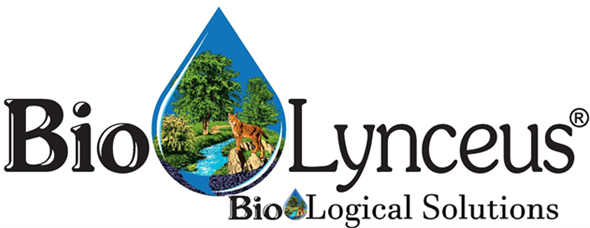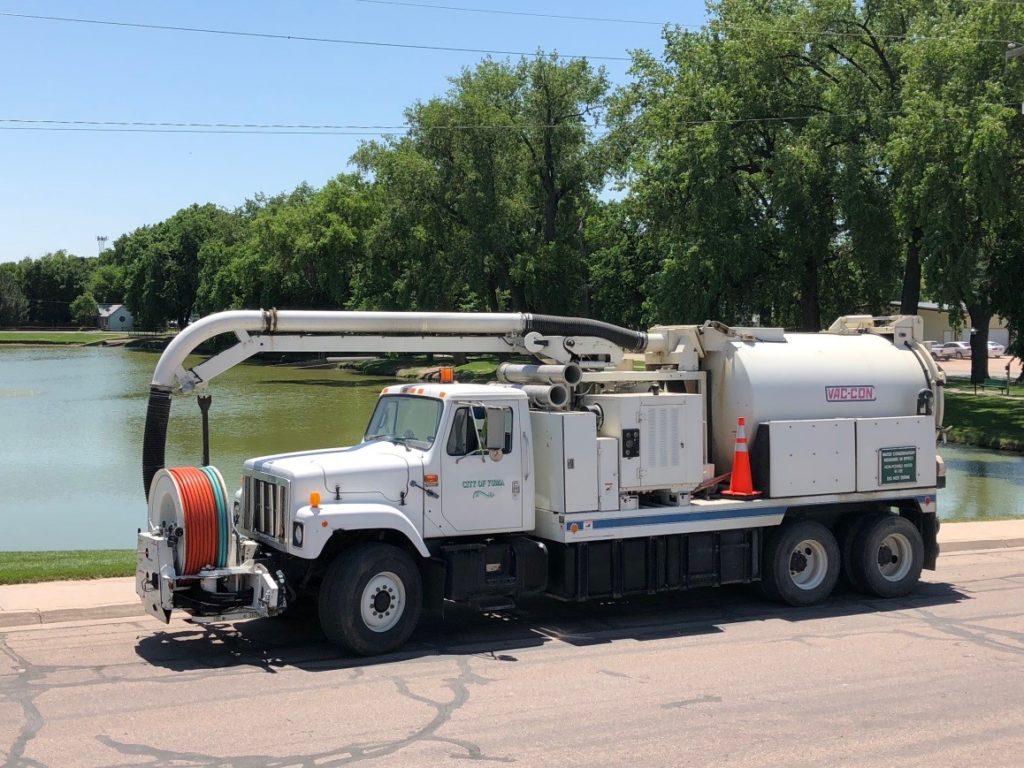Excess fats, oils, and grease (FOG) discharged into collection systems can cause issues for Publicly Owned Treatment Works (POTW). First, fatty organic material can accumulate in sewer lines inhibiting wastewater flows. Obstructed pipes can cause Sanitary Sewer Overflows (SSO) or Combined Sewer Overflows (CSO) (depending on the collection system design). In the instance of a SSO or CSO, waste contaminants can get into water ways and drinking water resources. Such events raise water pollution and security concerns.
Violations of Clean Water Act statutes (such as SSO, CSO, and exceeding NPDES permit limits) can result in fines and probationary monitoring from the U.S. Environmental Protection Agency (EPA). Wastewater service providers are held responsible for sewer overflows and work hard to prevent them.
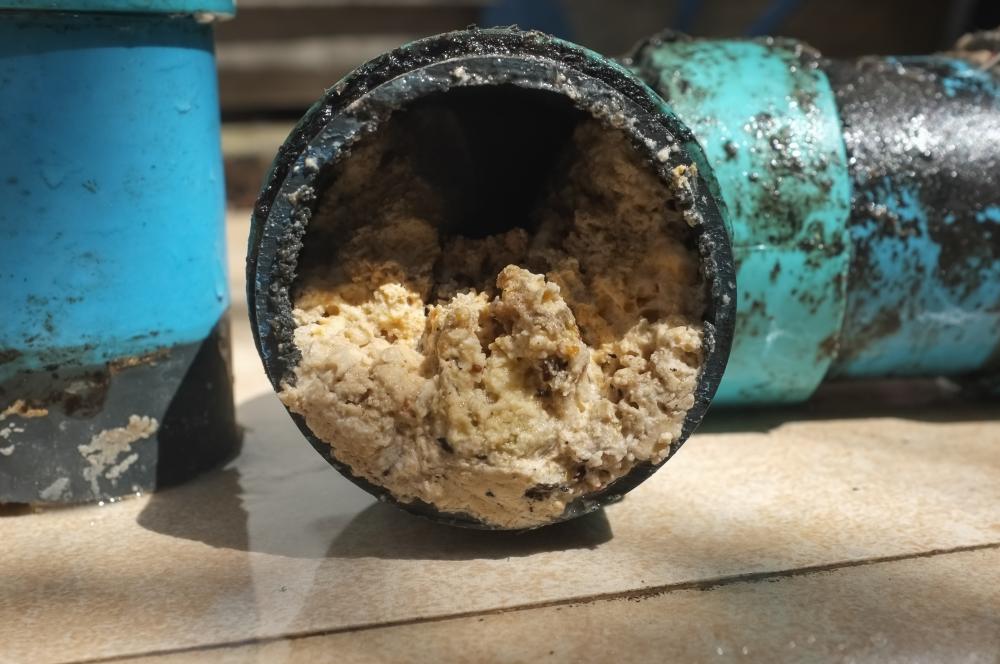
Second, wastewater treatment plants can experience reduced process efficiency from high FOG loadings. Excess fatty organic substrate in wastewater can inhibit the microbial communities that facilitate biological solids and nutrient removal.
Because these facilities cannot properly process wastewater, their plant effluent may be out of compliance with strict National Pollution Discharge Elimination System (NPDES) limits. POTW can be fined for discharging wastewater that exceeds NPDES permit concentrations.
When released to surface waters, increased nutrients and solids pollutants can impair aquatic ecosystems and drinking water resources. FOG related problems in POTW can be costly and inconvenient. Because of this, wastewater managers are highly motivated to reduce FOG in their collection systems.
The following list provides information on 7 ways to combat FOG in POTW.
1. Preventing FOG from Entering the System
The simplest way to reduce FOG blockages and related issues in POTW is by lowering the quantity of FOG introduced into the system. Wastewater utilities can achieve this by implementing pretreatment plans and educating the community on proper FOG disposal.
The National Pretreatment Program was enactedto help POTW regulate persistent pollutants entering their collection systems and treatment facilities. Establishing and enforcing strict limits for FOG can reduce loadings from food service establishments and food/protein processing plants.
Rural communities often receive high strength industrial discharge more frequently than larger municipalities. Pretreatment plans protect small POTW against unlawful industrial grease dumping in their sewer systems. Additionally, wastewater utilities with established pretreatment plans reduce the risk of SSO and CSO.
FOG in domestic wastewater is not so easily regulated. Residential FOG loadings are dispersed through the collection system and cannot be controlled under a pretreatment plan. It is common practice in the U.S. to dump cooking oils down the drain. Most residents do not understand why they should not dispose of grease in this way. Their parents sure did!
Benefits
Establishing pretreatment and education programs help define a set of expectations for communities to abide by. Both methods of prevention promote greater understanding of FOG and how it impacts POTW.
Limitations
A structure for establishing and enforcing pretreatment plans is not always easy to create. Especially in small communities, local government is limited and may not be well staffed. Developing a system for monitoring food service and industrial FOG discharges is often challenging.
Additionally, changing common grease disposal practices and social norms is difficult and will take time.
2. Biological Treatment
Biological treatment (or bioaugmentation) is a method that employs lipid metabolizing microbiology (predominately bacteria) to remove fatty organic material from wastewater. These microbes solubilize grease, bring it into their cell structure, and use it as a source of energy.
Benefits
Using biology to clean collection system FOG is effective and low impact on downline wastewater treatment processes. As grease digesting bacteria consume fatty deposits in collection systems, more biomass and byproducts of metabolism (carbon dioxide, methane etc.) results.
Increasing the abundance of FOG degrading species in collection infrastructure improves the rate at which grease is metabolized. This reduces FOG related issues all together. Once a grease degrading biomass is established in the system, little added biology is needed to maintain treatment.
Unlike chemical treatments, bioaugmentation helps to reduce FOG without significantly changing the physical properties of wastewater. Because of this, wastewater treatment plant upsets and inefficiencies are often avoided using biological grease treatments.
Limitations
Bioaugmentation involves growing a living biomass to perform treatment. This process takes time to achieve. The time required to remove FOG using biological treatment is often longer than chemical, mechanical, or manual removal.
3. Jet, Vac and Combo Trucks
Collection system blockages are often removed by trucks with jetting, vacuuming, or combination capabilities. Jet trucks use high pressure streams of water to unclog sewer lines. In certain extreme instances, degreasing agents can be added to the water used to jet heavily FOG impacted collection systems.
Vacuum (vac) trucks are equipped with pumps that pneumatically suck sludge from collection pipes to confined disposal tanks. Lastly, combination (combo) trucks employ a jet stream, pump, and holding tank to remove and collect FOG buildups.
Benefits
The use of jet, vac, or combo trucks is beneficial when FOG blockages require immediate removal to prevent SSO and CSO. Additionally, cleaning collection lines with these trucks is highly effective. Combo trucks provide FOG removal and collection services at the source of the problem with little manual effort.
Limitations
After jetting with a standard jet truck (one without vacuum capabilities), FOG deposits dislodged from collection pipes are transported downline. One of the limitations of jetting is, POTW need to implement a procedure for manually screening the fatty deposits before entering the treatment plant (see item 7 on the list). Vacuum trucks remove and collect FOG, but when compared to jetting, may not as effectively dislodge blockages in collection lines.
Furthermore, jet, vac, and combo trucks can be expensive to operate and maintain. These expenses may not be feasible for all POTW. This method of removal is not a long term solution.
4. Citrus Degreasing Products
Citrus degreasers dissolve and emulsify FOG in collection systems. These products prevent the separation of oils and water by stabilizing the bonds that connect them. Moreover, grease deposits are removed from collection lines and integrated into wastewater flows.
Benefits
Citrus products are marketed as safer degreasers for wastewater treatment plants and the environment. Most of these degreasing agents are biodegradable. Furthermore, citrus degreasers are fast acting; Meaning, they can remove FOG blockages in case of a time sensitive sewer emergency.
Limitations
Citrus degreasing agents can negatively impact wastewater treatment plant efficiency. Heavy FOG discharge in wastewater can inhibit biomass function. Subsequently, biological treatment efficiency can be reduced preventing proper biological oxygen demand (BOD) and nutrient removal. Additionally, the bonds stabilizing emulsified liquids are weak and will break over time. As oils begin to separate from wastewater solutions, the fatty substrate continues accumulating in POTW adding to FOG complications.
5. Chemical Degreasing Agents
Some POTW use chemical degreasing agents (or degreasers) to liquify FOG buildups in their collection systems. These products react with grease buildups dissolving residues into wastewater streams. As previously discussed, degreasing chemicals can be administered in sewer lines with high pressure jetting fluid. Degreasers can also be applied through a pump or by hand.
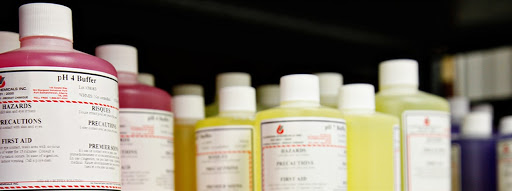
Benefits
Products of this nature are fast and effective for cleaning FOG from collection systems. In case of an extreme blockage, chemical degreasers can be administered to prevent SSO or CSO.
Limitations
Degreasing agents can impair the biological treatment efficiency of wastewater facilities. When added to wastewater streams, chemical degreasers can react unpredictably with other constituents in the medium forming toxic compounds. Wastewater toxicity can suppress microbial growth and function. Additionally, degreasing agents can change the physical wastewater environment and corresponding microbiome.
Chemical degreasers can change the pH and make up of wastewater in treatment facilities. Changes in physical environment can reduce the abundance of certain key treatment species.
Filamentous bacteria (FB) have a broader range of physical constraints than other wastewater bacteria, so they can easily outcompete essential strains when wastewater conditions are altered. Wastewater systems dominated by FB can experience heavy foaming and poor settling issues.
6. Manual Removal
Some POTW manually remove FOG from lift stations and manholes. If a biological or degreasing treatment fails to remove grease residues, sewer workers may be instructed to scrub or net out grease buildups in collection infrastructures.
Benefits
This form of FOG removal does not require expensive machinery or treatment products. Manual removal of grease in the collection system prevents treatment issues down the line at wastewater treatment plants.
Limitations
Labor costs associated with this type of FOG removal can be high. Additionally, removing grease manually is limited by collection system accessibility and sewer worker’s safety.
7. FOG Removal Technology
Technological advances in FOG removal devices have helped wastewater treatment facilities manage grease loadings. A few apparatuses designed to remove fatty organic material from wastewater streams include (but are not limited to): skimmers, dissolved air floatation (DAF) systems, and gravity traps.
Skimmers are designed with a belt (or conveyer mechanism) made of hydrophobic material that attracts FOG while letting water flow freely through the system. During this process, fatty substrate is collected and confined separately from wastewater streams.
Additionally, these machines can remove aggregated fatty materials from wastewater surfaces.
DAF systems first pressurize recycled wastewater through aeration in a pressure chamber (400-600 kPa). Then, the aerated wastewater is introduced into a flotation tank with untreated collection system discharge.
Under normal atmospheric pressure, the solids in the wastewater settle out and the FOG attaches to air bubbles at the surface of the tank. The greasy film is then separated from the remaining wastewater to be discarded or repurposed.
Gravity trapsare a series of simple, self-operating wastewater holding units. The FOG mass on the surface of the wastewater is removed by retention in the units.
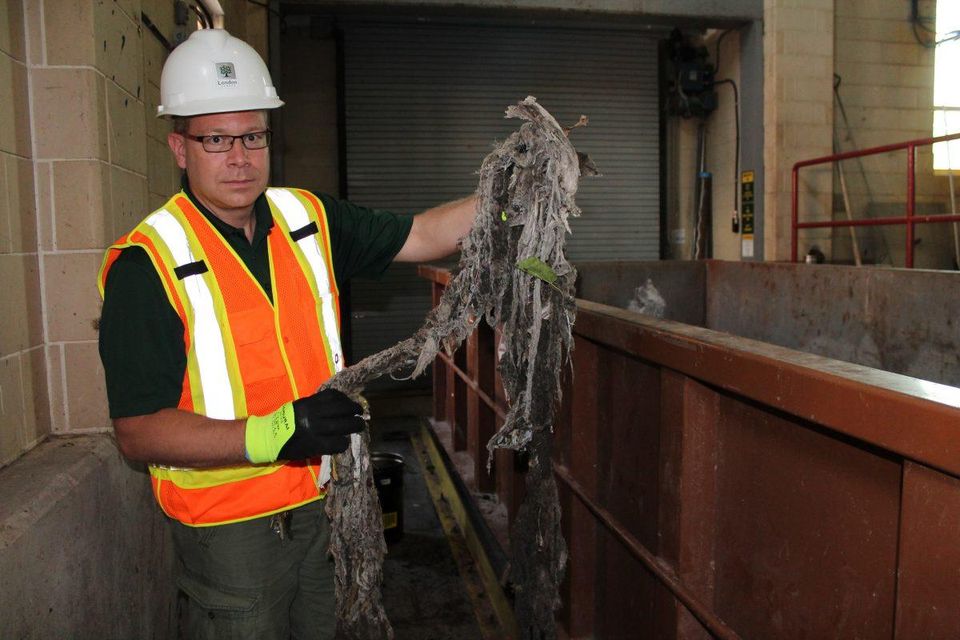
Benefits
Mechanical grease removal is effective in food manufacturing and domestic wastewater treatment. The machines available for FOG removal can be applied in both small and large scale facilities. Some grease Furthermore, FOG collected from wastewater can be sold for reprocessing.
In this way, grease recovery can become a profit center for food manufacturing entities and POTW.
Limitations
Mechanical FOG removal equipment requires frequent maintenance and component replacement. Upkeep of these machines can be timely and expensive. For these machines to work efficiently, wastewater may require recirculation or additional chemical treatment. Lastly, an equalization tank may be required to balance wastewater pH and flow for mechanical FOG removal to work properly.
Further Considerations
Unmanaged FOG is a persistent issue in POTW. Preventing heavy FOG discharges through education and pretreatment regulations is essential for all wastewater utilities. Beyond this, the best way to treating grease is dependent on the individual system design, time, and budget restrictions.
Mechanically removing and collecting FOG can be beneficial for treatment entities who make a profit of repurposing the waste. Wastewater grease can be used as a food source for anaerobic digestion to make biofuel. Additionally, collected FOG can be made into cattle feed and other industrial products.
Take Away Points
- Small POTW should establish pretreatment plans to protect against food service establishment and industrial FOG discharge.
- Education is a powerful tool for preventing grease discharge from food service and domestic sources.
- Bioaugmentation can be used in collection systems without negatively impacting downline wastewater treatment facilities.
- Jet trucks, vac trucks, and combo trucks are a fast solution to eliminate FOG blockages.
- Citrus and chemical degreasing agents are fast and effective but should be used with caution.
- The technology available for FOG removal is extensive and covers a broad scope of facility types and sizes. The fatty organics collected with these devices can be sold and repurposed.
For additional information on FOG treatment and prevention visit the following links.
Lydia Kimball©
